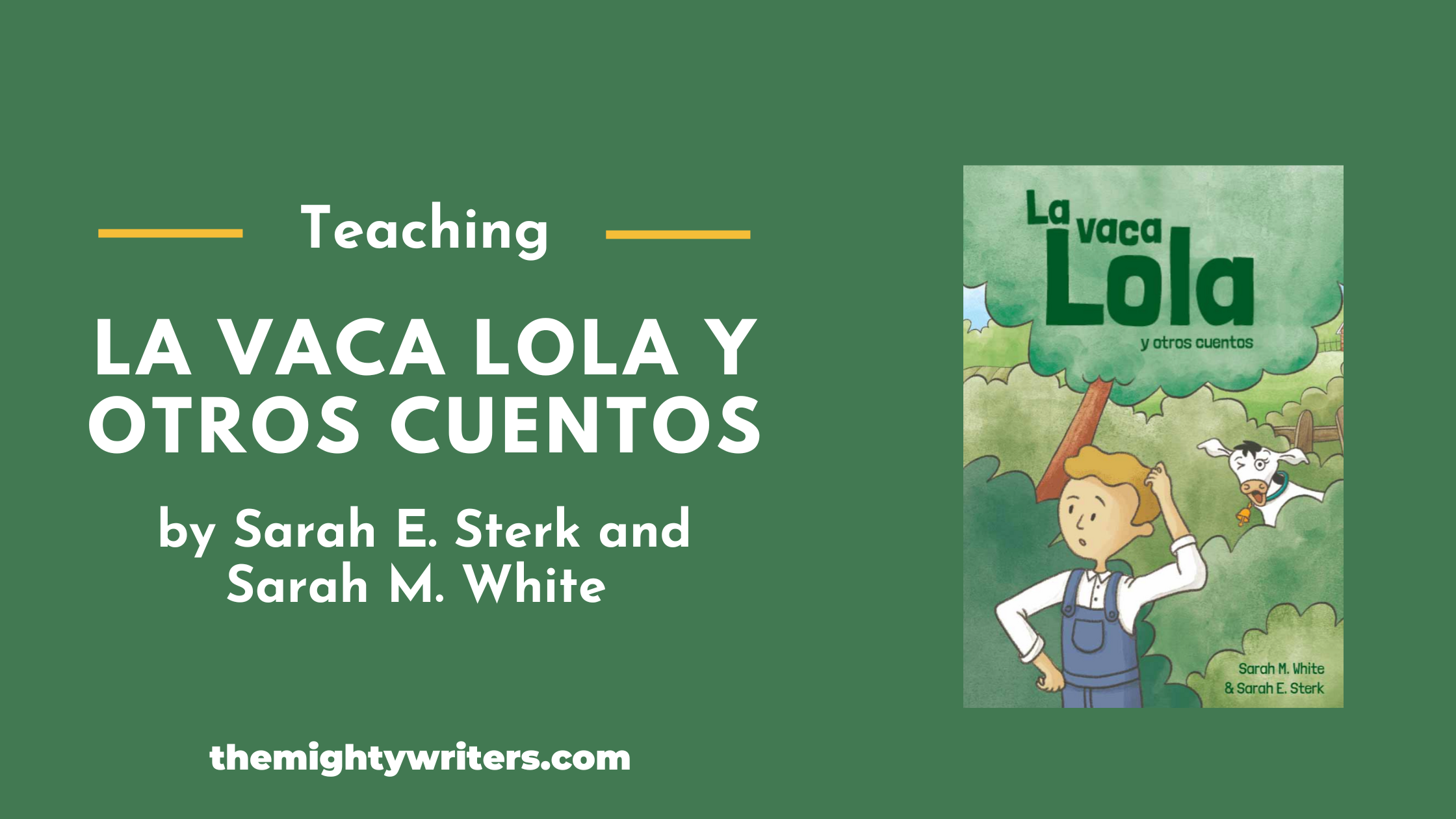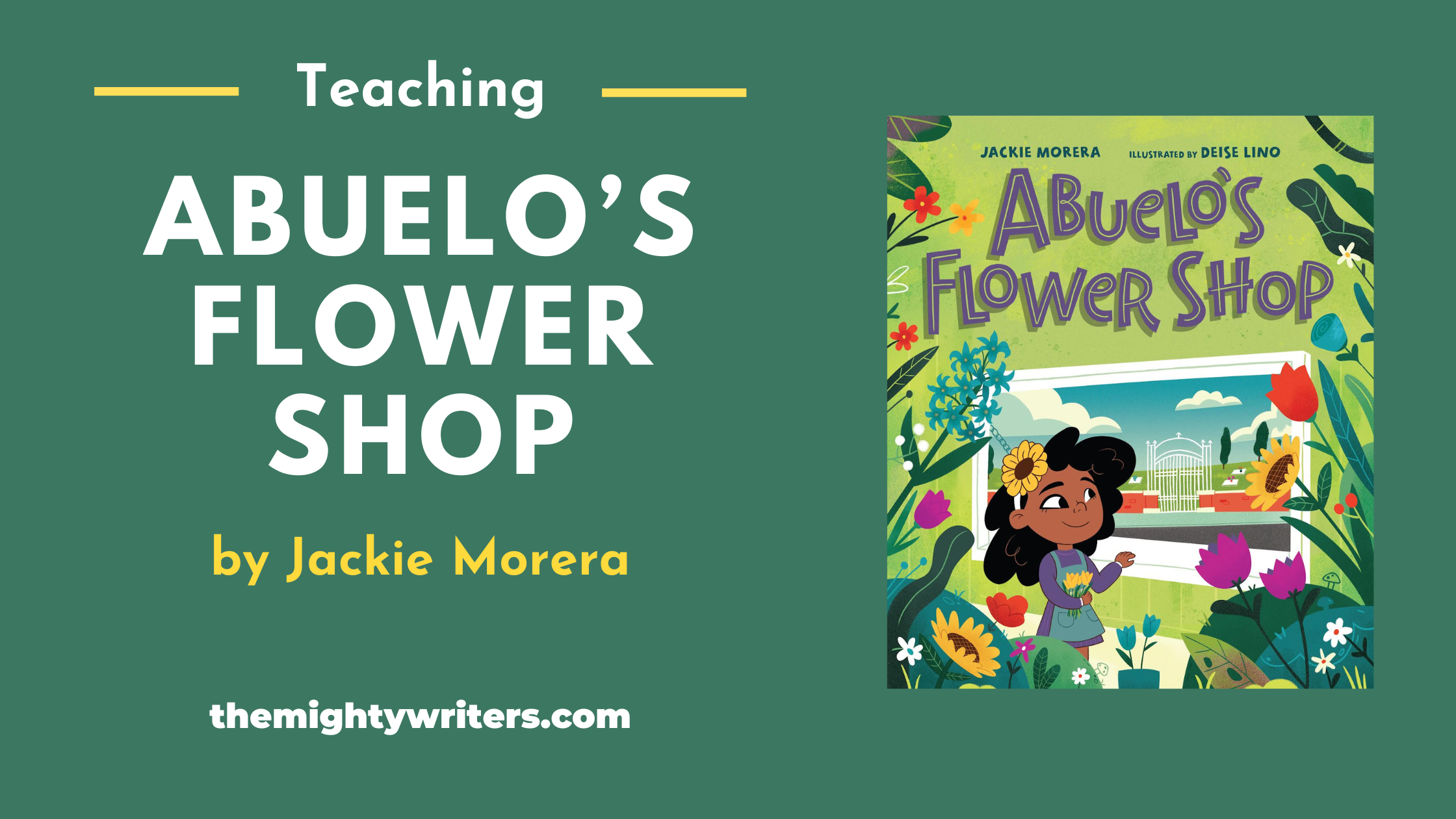A Note to Readers
I am delighted to welcome Sarah E. Sterk and Sarah M. White to talk about their book La vaca Lola y otros cuentos. I am so glad to have with us to share this valuable resource! Especially now! It’s the perfect time to feature a Spanish-language book. In the United States, we’re celebrating Hispanic Heritage Month (September 15 – October 15). If you’re hoping to honor Hispanic Heritage Month with your classroom, I can’t think of a better resource for you!
Teaching La vaca Lola y otros cuentos
What do you hope your young readers will take away from your book?
First, thank you for inviting us to share about our new book!
La vaca Lola y otros cuentos contains five whimsical short stories inspired by Spanish folk songs. It is written entirely in Spanish with a complete glossary following each story. We wrote this book with elementary Spanish classrooms in mind, however, any beginning Spanish learner could read and enjoy the book.
We hope that the silly parts of the book will delight readers. We hope readers feel proud that they are able to read an entire book in Spanish.
What are your book’s hooks for teachers, librarians, and community leaders?
The best hooks for La vaca Lola are the songs that inspired the stories. Music and song are an extremely effective way to learn a new language. The five songs that inspired our stories (“Tingalayo,” “El coqui,” “La vaca Lola,” “Caballito blanco,” and “Los pollitos dicen”) are all readily available on YouTube and provide a great launching point for the story.
These Spanish songs reflect the diversity of the Spanish-speaking world, making them a great way to celebrate Hispanic culture during Hispanic Heritage Month (September 15 – October 15 in the USA).
Can you share an exercise or activity that teachers can do with students after they’ve read your book?
Activities students could do after reading are to 1) act out the story with different children playing different roles, 2) put students into pairs and take turns reading the story out loud with one partner reading a sentence in Spanish and the other translating to English. Switch with each sentence so that both students can practice reading in Spanish, 3) listen to the song again and compare and contrast what happened in the song with what happened in the book.
One specific activity for “El coquí” is a short craft to help students understand how small the coquí frog is. You can even play the sound of the coquí in the background while students work on it.
- Students trace their hand and lower forearm on paper and cut it out.
- Students paste their hand cutout onto another, darker piece of paper (preferably black or dark blue).
- Distribute small, 1 inch pictures of the coquí frog for them to color and cut out.
- Students paste the tiny coquí frog onto their hand.
- Students decorate the darker piece of paper with white or silver stars and write the name of their little coquí.
Several activities for each story will be provided in a forthcoming teacher’s guide.
What book(s) pair well with your book?
- De aquí como el coquí / Coquí in the City by Nomar Perez
- The Legend of the Coquí by Georgina Lázaro
- Muu, Bee, ¡Así fue! / Moo, Baa, La la la! by Sandra Boynton
- Animal Talk: Mexican Folk Art Animal Sounds in English and Spanish by Cynthia Weill
- Los pollitos dicen / The Baby Chicks are Singing by Ashley Wolff
- De la cabeza a los pies / From Head to Toe by Eric Carle
- ¿El canguro tiene mamá? / Does the Kangaroo Have a Mother, Too? by Eric Carle
 Sarah M. White is the author of Entre las nubes altas and La vaca Lola y otros cuentos. Her work has appeared in Highlights High Five magazine. She studied writing at Wheaton College and is a member of SCBWI. She taught Spanish for several years and now works as a college and career counselor. She lives with her family in Madison, Wisconsin. Connect with Sarah on her website sarahmichellewhite.com.
Sarah M. White is the author of Entre las nubes altas and La vaca Lola y otros cuentos. Her work has appeared in Highlights High Five magazine. She studied writing at Wheaton College and is a member of SCBWI. She taught Spanish for several years and now works as a college and career counselor. She lives with her family in Madison, Wisconsin. Connect with Sarah on her website sarahmichellewhite.com.
 Sarah E. Sterk is a bilingual educator with experience teaching Spanish to students of all ages. Sarah is a graduate of Calvin University and lives with her language-loving husband and three children in Wisconsin. La vaca Lola y otros cuentos is her first book. To contact or learn more about Sarah please visit www.sarahesterk.com.
Sarah E. Sterk is a bilingual educator with experience teaching Spanish to students of all ages. Sarah is a graduate of Calvin University and lives with her language-loving husband and three children in Wisconsin. La vaca Lola y otros cuentos is her first book. To contact or learn more about Sarah please visit www.sarahesterk.com.





